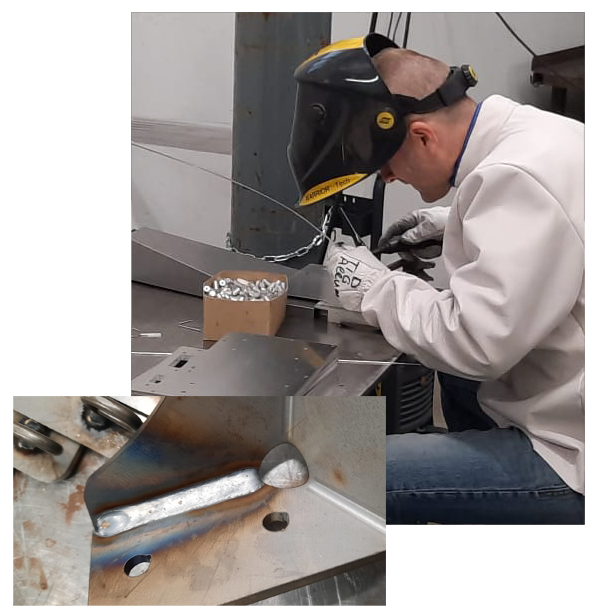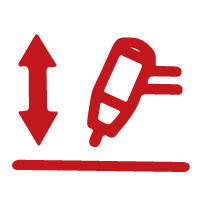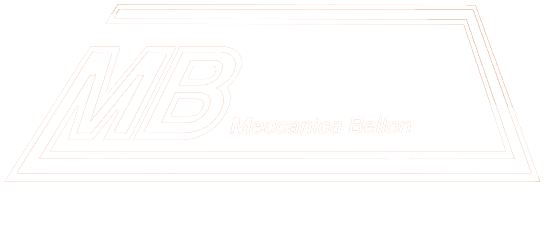welding torino
THE ENCOUNTER BETWEEN AESTHETICS AND FUNCTIONALITY
FOR YOUR METAL COMPONENTS
Our company offers welding service in Turin, grinding and finishing of metals. Thanks to modern machinery and their technology , we carry out extremely precise and seamless work. Our qualified and specialized staff works with commitment and passion to achieve results in line with customer expectations.

manual welding torino
OUR METHOD
For our work we use three main welding methods that we choose according to the type of project.

MIG WELDING
It is used when the strength components are very high.

TIG WELDING
Suitable for finishing welds, which require less strength but more precision.

SPOT WELDING
Excellent for fixing specific parts of the product and special mechanical points.
our machines for the welding
CUTTING-EDGE TECHNOLOGY
The machines used and the wide working range guarantee excellent results and products without irregularities or imperfections. Regarding welding we work with:
- Welding machine type TIG CEA MATRIX 2200 AC/DC 220 VOLT
- Type welding machine MIG CEA CONVEX MOBILE PULSE 255
- Spot welding machine CEA NKLP 48 MONOFASE 400V
Would you like more information about our welding processes? Leave us your data and you will be contacted as soon as possible by our technician.
DISCOVER THE OTHER PROCESSES
welding torino
FAQ
MIG welding(Metal Inert Gas): this is the most widely used in the industrial sector as it is easy to use and can provide higher yields. It is carried out through a semi-automatic continuous wire welding generator, using a gaseous protection mixture formed by Argon and carbon dioxide. It is mainly used for the production of metal components for shipbuilding, railroad, automotive, furniture, and general carpentry. TheTIG (Tungsten Inert Gas) type of welding, on the other hand, uses an infusible tungsten electrode. It is ideal for the production of metal components in the food, aircraft, aerospace and chemical industries.
There are several methods to control any deformation of a weld in order to make the job perfect in every detail. Here are the main ones:
- Realizing and using control templates and test masks.
- Welding sequence. It consists in exploiting the withdrawal efforts to counterbalance other efforts, present in a joint with more welds. In case of multiple welds, the shrinkage forces of a weld will interact with those of the previously performed weld.
- Using special welding techniques ensures better strain control for its mechanical performance.
